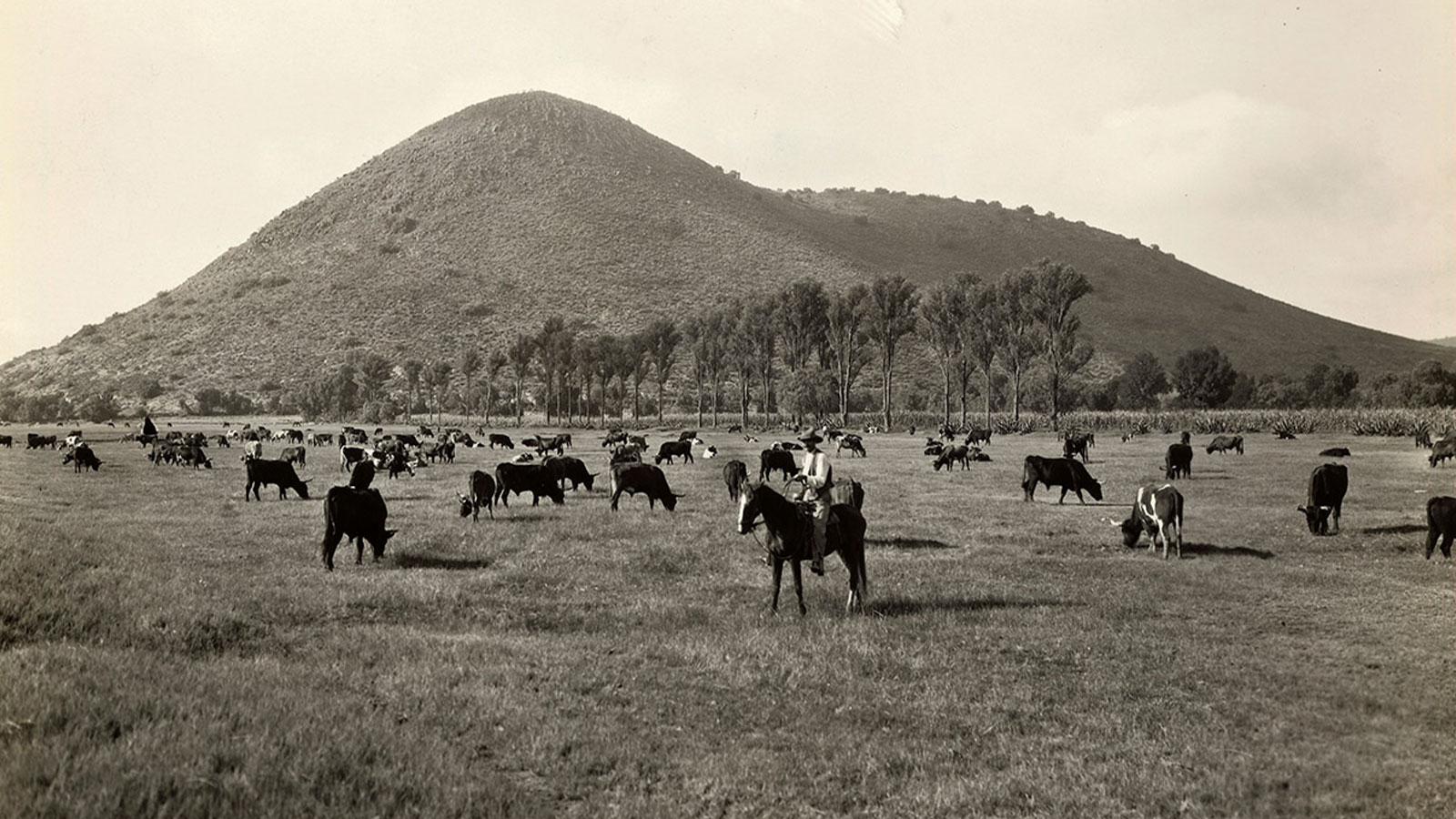Cattle may have been imported from Africa centuries earlier than historians thought.
Think “cowboy,” and you might picture John Wayne riding herd across the U.S. West. But the first cowboys lived in Mexico and the Caribbean, and most of them were Black.
That’s the conclusion of a recent analysis of DNA from 400-year-old cow bones excavated on the island of Hispaniola and at sites in Mexico. The work, published in Scientific Reports, also provides evidence that African cattle made it to the Americas at least a century earlier than historians realized.
The timing of these African imports—to the early 1600s—suggests the growth of cattle herds may have been connected to the slave trade, says study author Nicolas Delsol, an archaeozoologist at the Florida Museum of Natural History. “It changes the whole perspective on the mythical figure of the cowboy, which has been whitewashed over the 20th century.”
The first cattle in the Americas came from Spain, brought by Christopher Columbus to the island of Hispaniola on his second voyage in 1493. More came in subsequent voyages in the early 1500s. The vast herds that later spread across the Americas, historians have assumed, descended from this small founding population of about 500 cows.
To understand the spread of cattle, Delsol scoured museum collections for cattle bones from postcontact Hispaniola and Mexico. The authors compared genetic signatures in the DNA from 21 cows found at early Spanish sites in Mexico and Haiti to known European and African breeds.
During the first century of European colonization, most cow bones correspond with varieties known from Spain. But one bone, from the grounds of an early Franciscan convent in the heart of modern-day Mexico City called Bellas Artes, yielded DNA matching a breed of cattle found only in Africa.

DNA from a cow tooth found in Mexico City matched breeds found exclusively in Africa. (Nicolas Delsol/Florida Museum of Natural History)
The sample dates to the early 1600s, more than 100 years before the first historical records of imported African cattle. “They can show this complex history from evidence we didn’t have before,” says Eduardo Corona Martinez, an archaeozoologist at the National Institute of Anthropology and History in Mexico City. “In the first wave, the cattle were Iberian or European,” says Corona Martinez, who helped excavate the Bellas Artes site but was not involved with the new analysis. “Later they introduced cattle from Africa.”
Colonizers may have been trying to adapt herds to tropical conditions in the Caribbean and Mexico’s Yucatán Peninsula, Delsol says. “Bringing cattle that were more adapted to hot, wet environments could have been a deciding factor.”
The arrival of African cattle, meanwhile, coincides with a darker development. Until Europeans arrived, the region’s Indigenous population had no experience with large, domesticated animals such as cows, pigs, or sheep, mainstays of the colonial-era diet. As Spanish and Portuguese cattle herds in the New World grew, ranchers “needed trained, skilled workers, and African ranchers were more knowledgeable about raising cattle in tropical environments,” Delsol says. “Now, we have different lines of evidence that connect African ranchers and Spanish colonies.”
In the early 1600s, historical records show slave traders targeted African groups familiar with cattle herding, like the Fulani of modern-day Cameroon. The new study shows at least one cow was brought directly from the region at the same time, suggesting herders and their cattle might have come as a sort of package.
Modern American cattle are a mix of European and African breeds, researchers thought the African contribution came via Spain, or from cattle imported in the 19th century. “Here’s good evidence that a strongly African genetic marker shows up really early,” says Louisiana State University geographer Andrew Sluyter, who was not involved in the research. “It’s exciting confirmation of what the archival records were telling us.”
Corona Martinez says the study begins to fill a gap in knowledge about how European animals and crops changed ecosystems in the New World. “Not only do we see animals come from European sites but also from Africa,” he says. “It’s globalization.”
Sluyter says the find should help shift a fundamental misconception around the origins of an iconic American figure—the cowboy. Innovations like herding cattle from horseback and the lasso appeared first in the Americas at a time when most cowboys were enslaved Africans, spreading to Europe only later. “It’s debunking the idea enslaved Africans were simply the workers—the brawn, not the brains,” Sluyter says. “They created a lot of novel techniques.”
Source: American Association for the Advancement of Science
Featured image: Cattle graze near a cowboy in Mexico in this undated photograph. (George Rinhart/Corbis via Getty Images)















